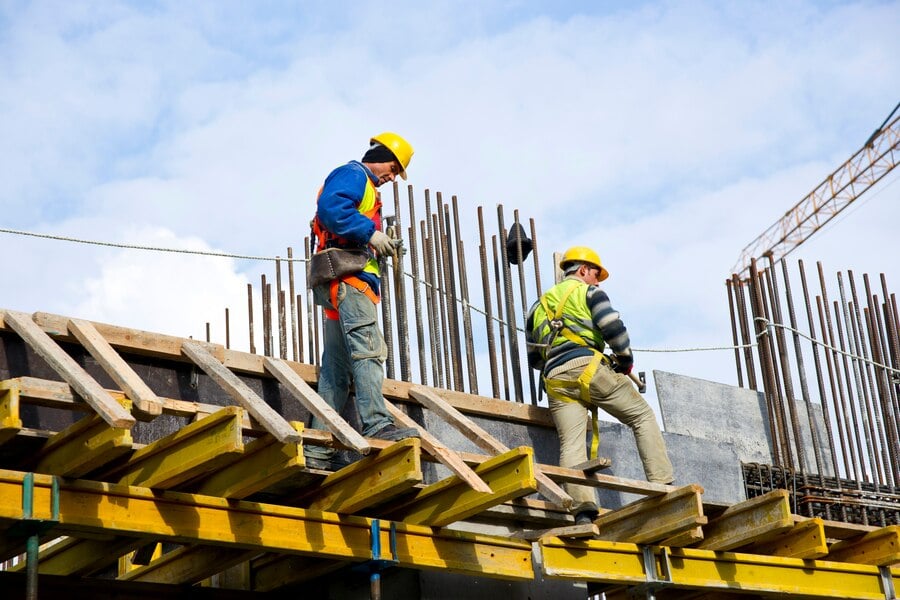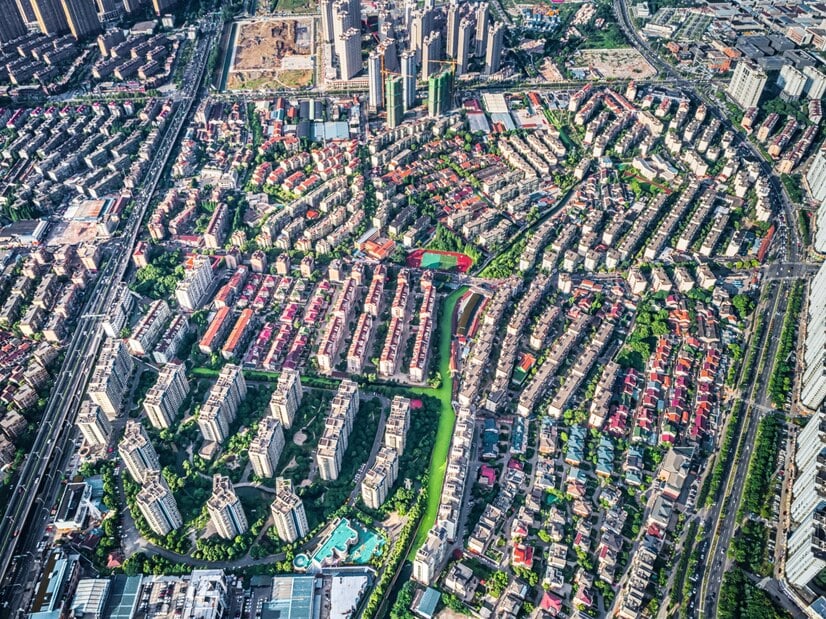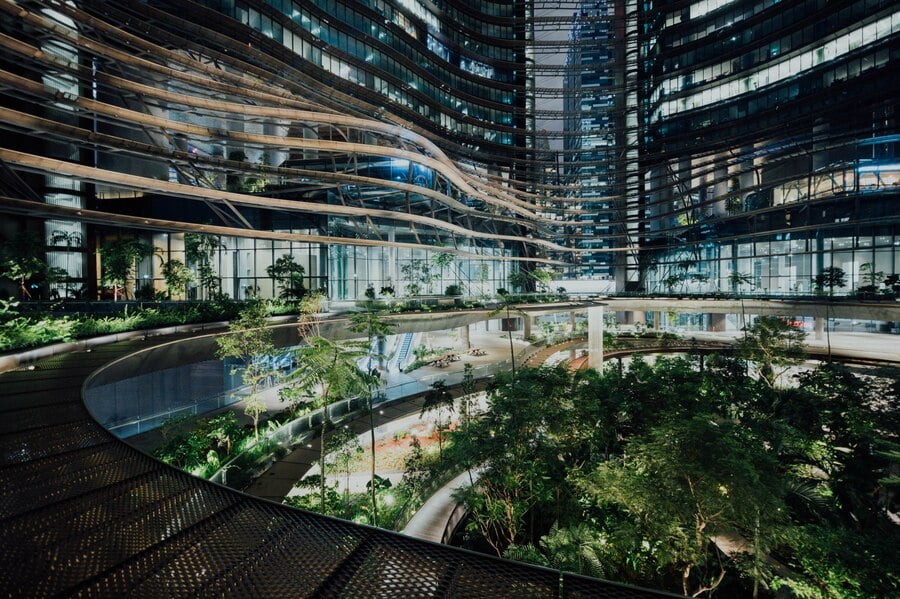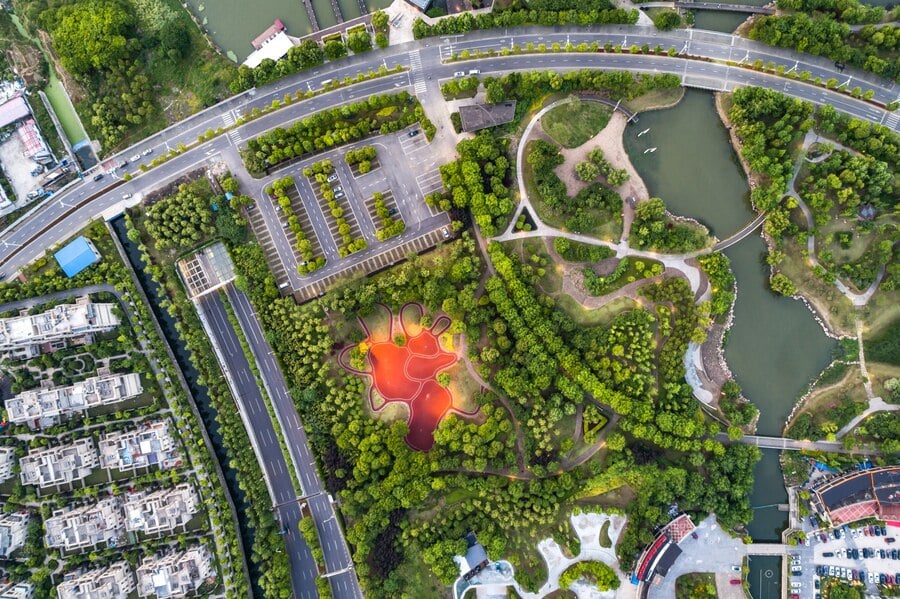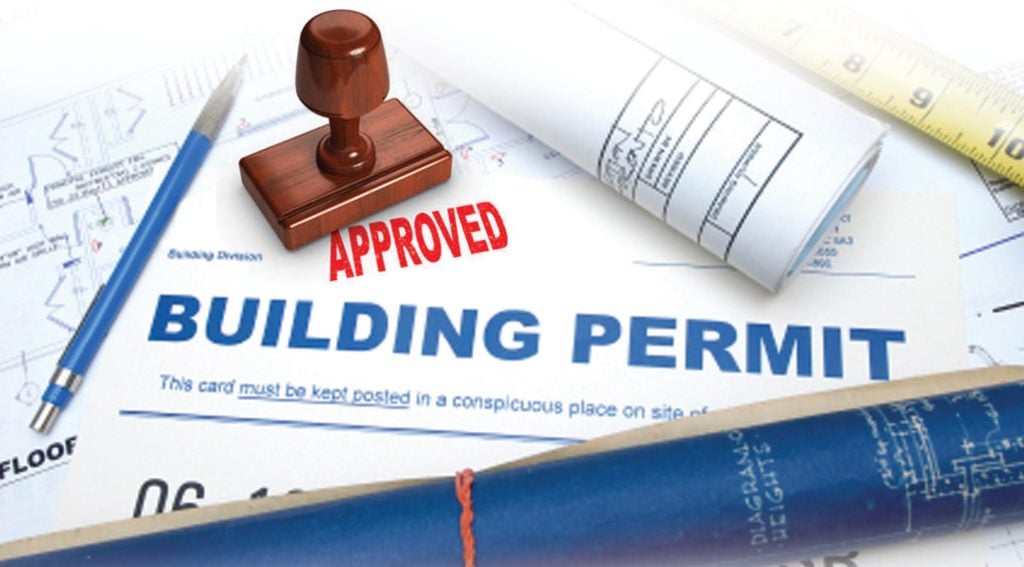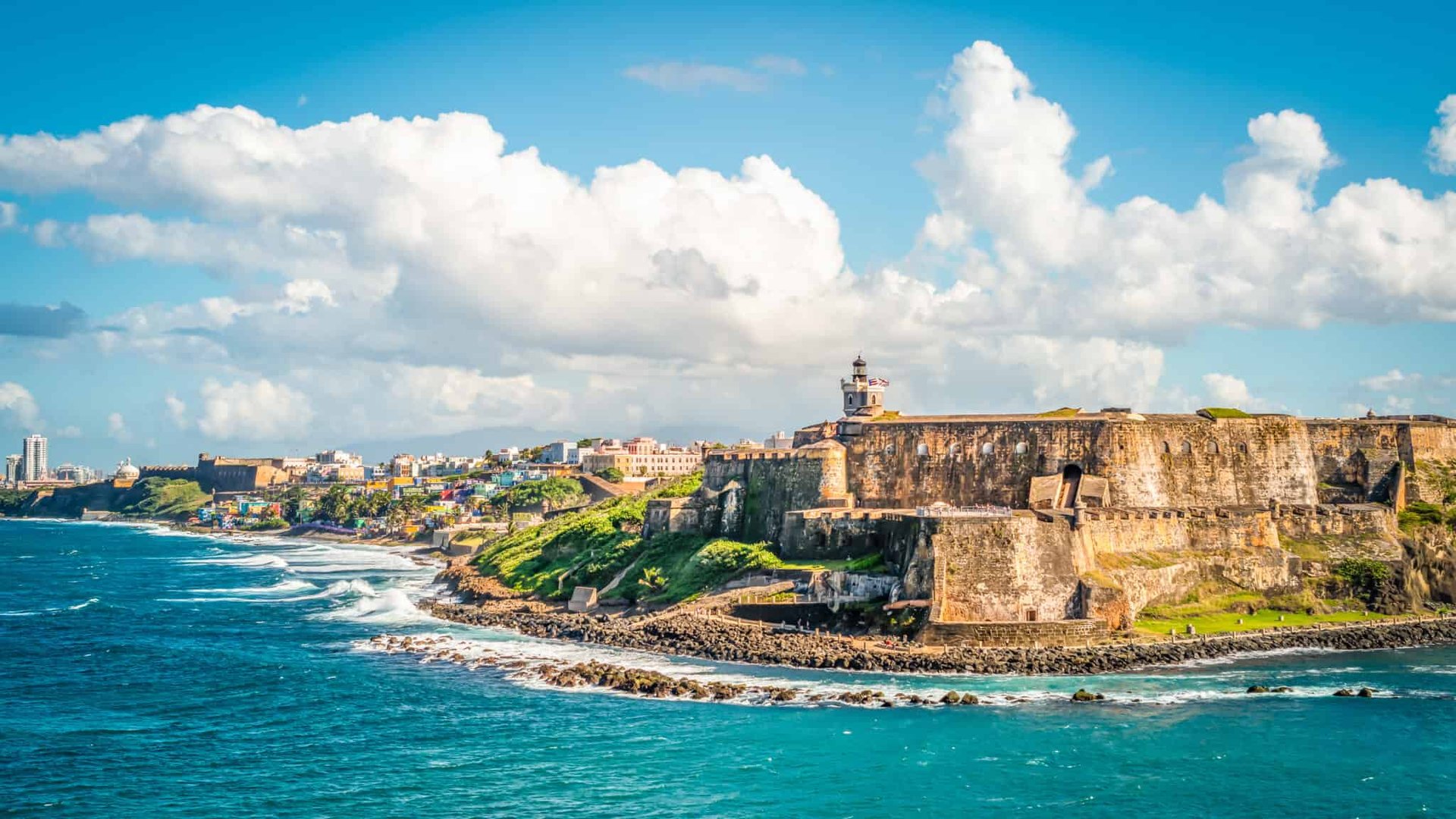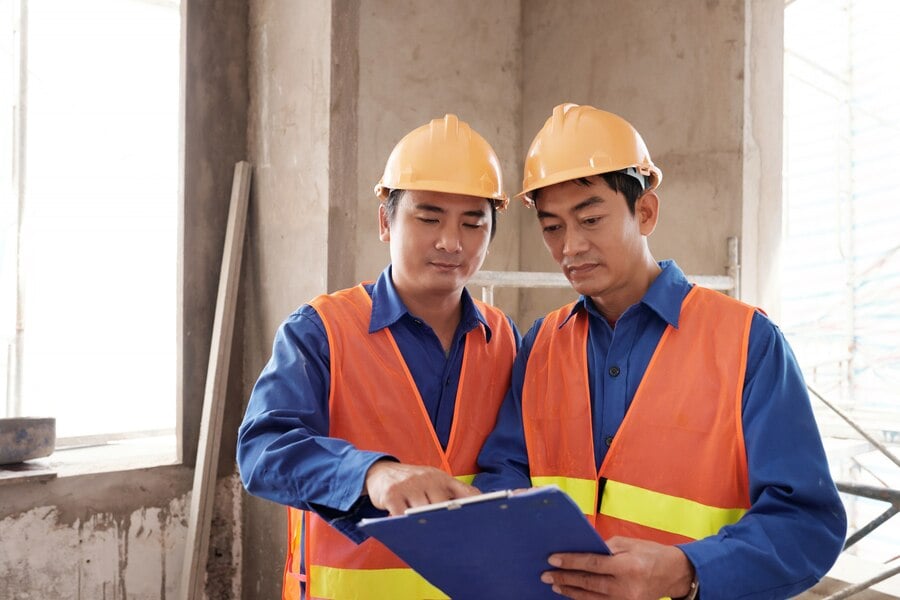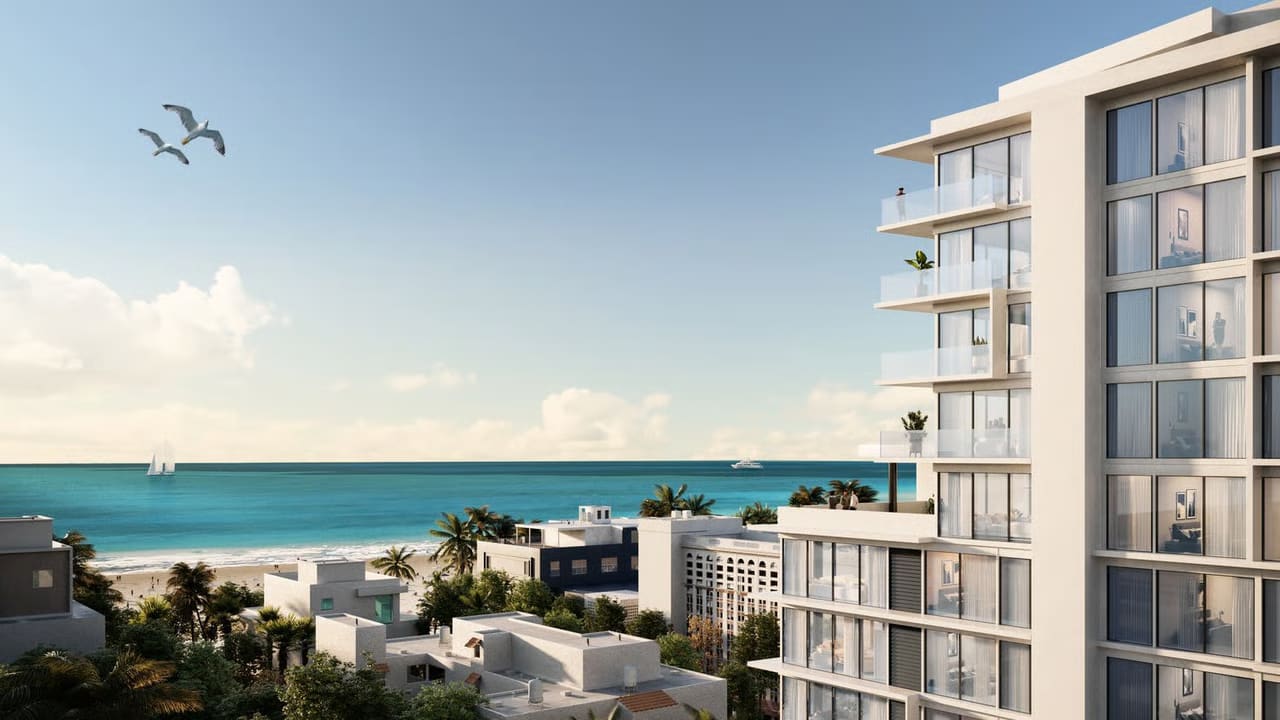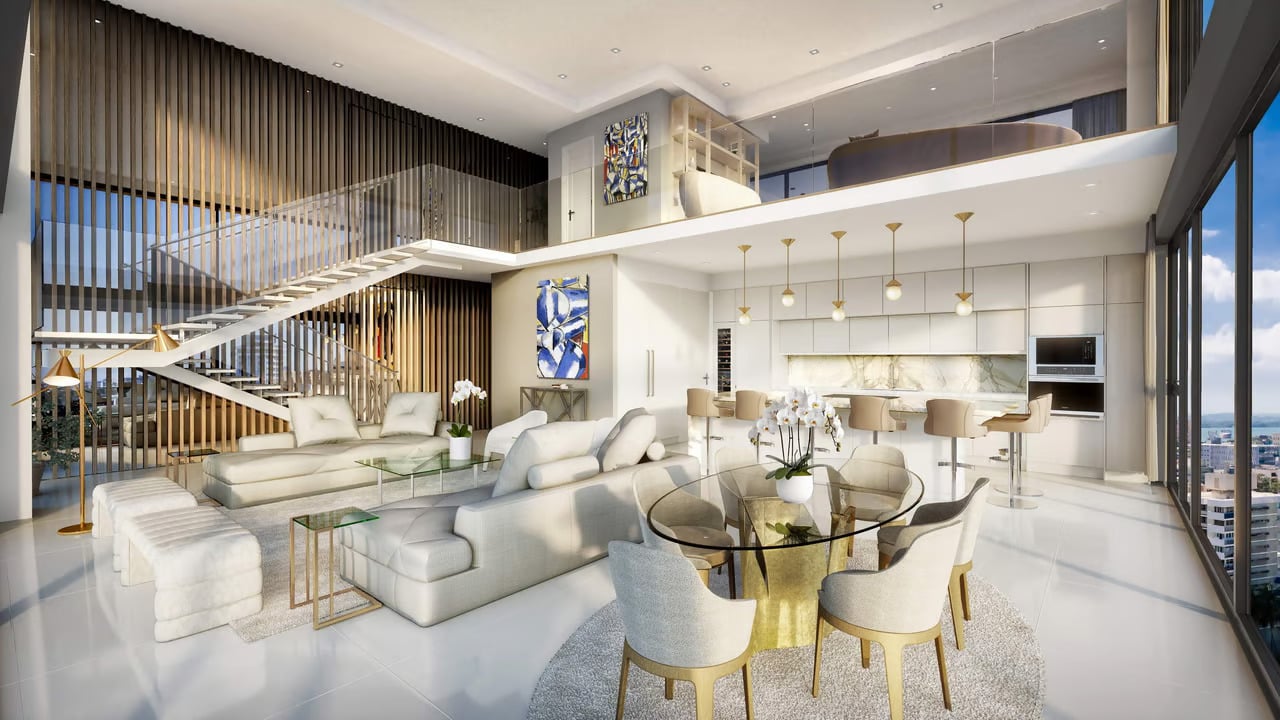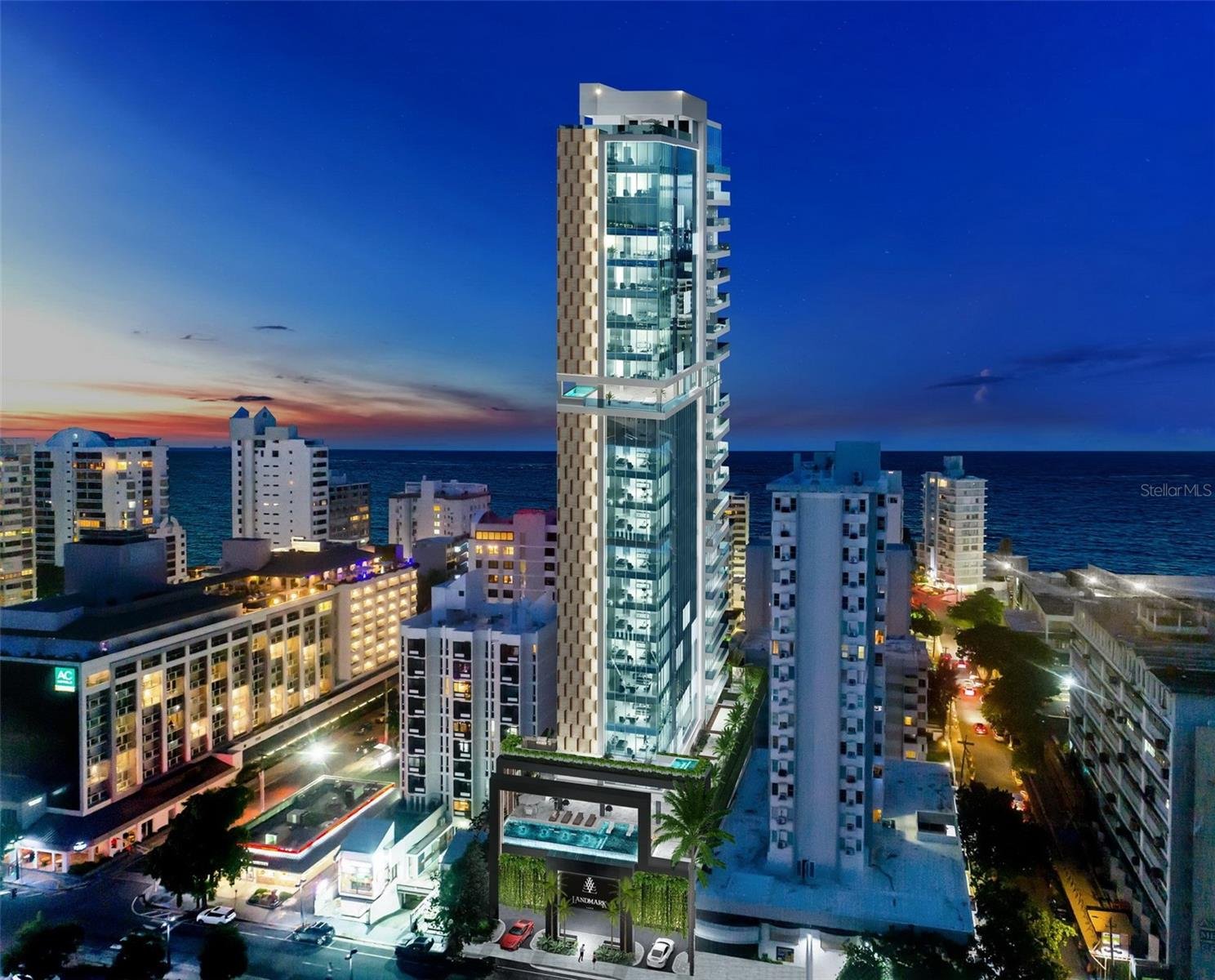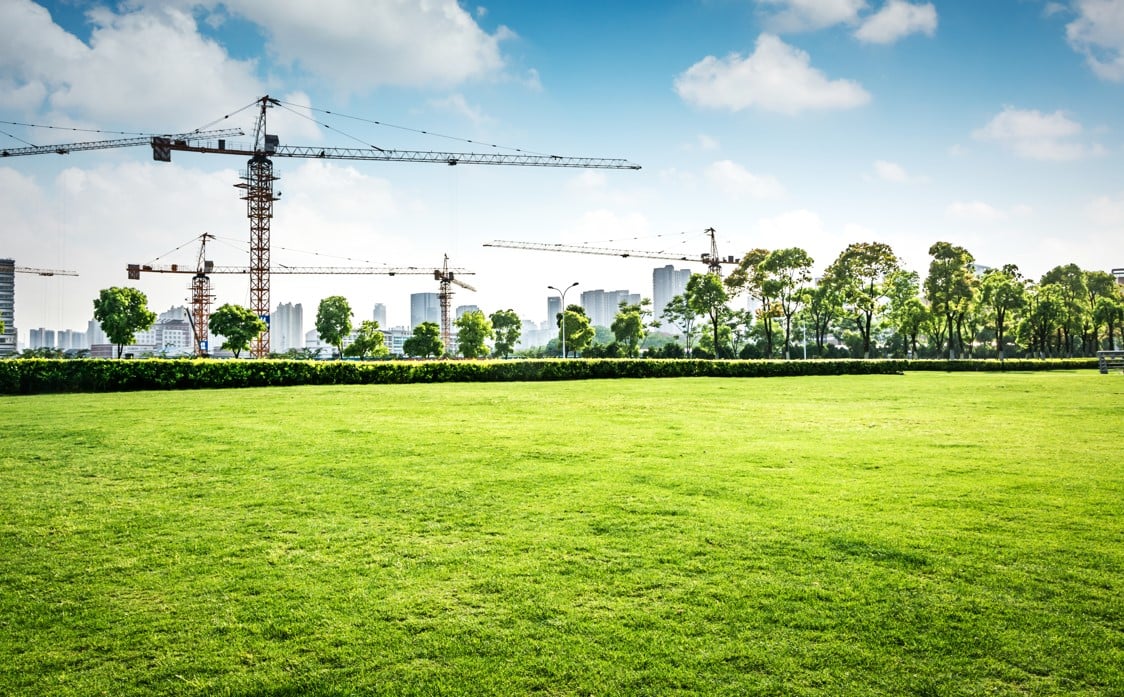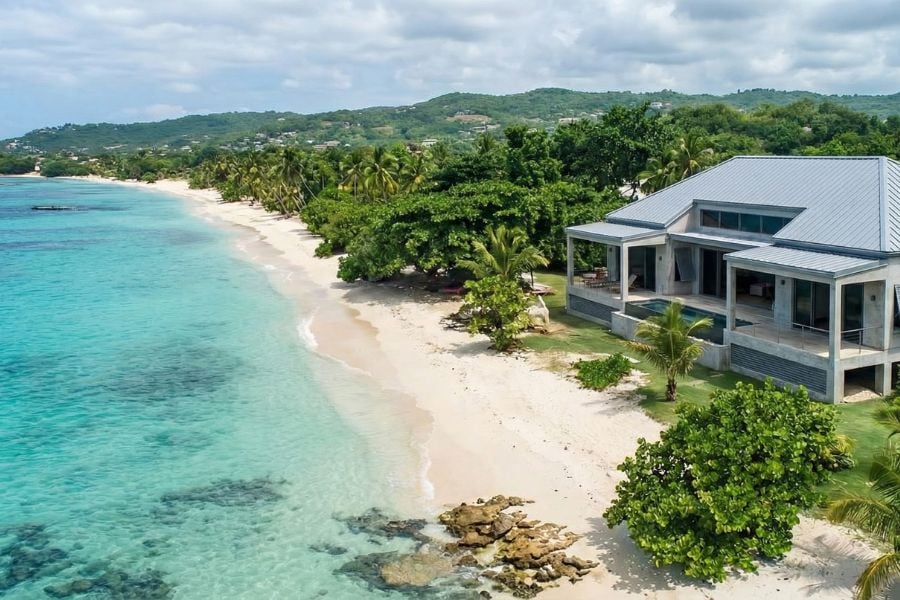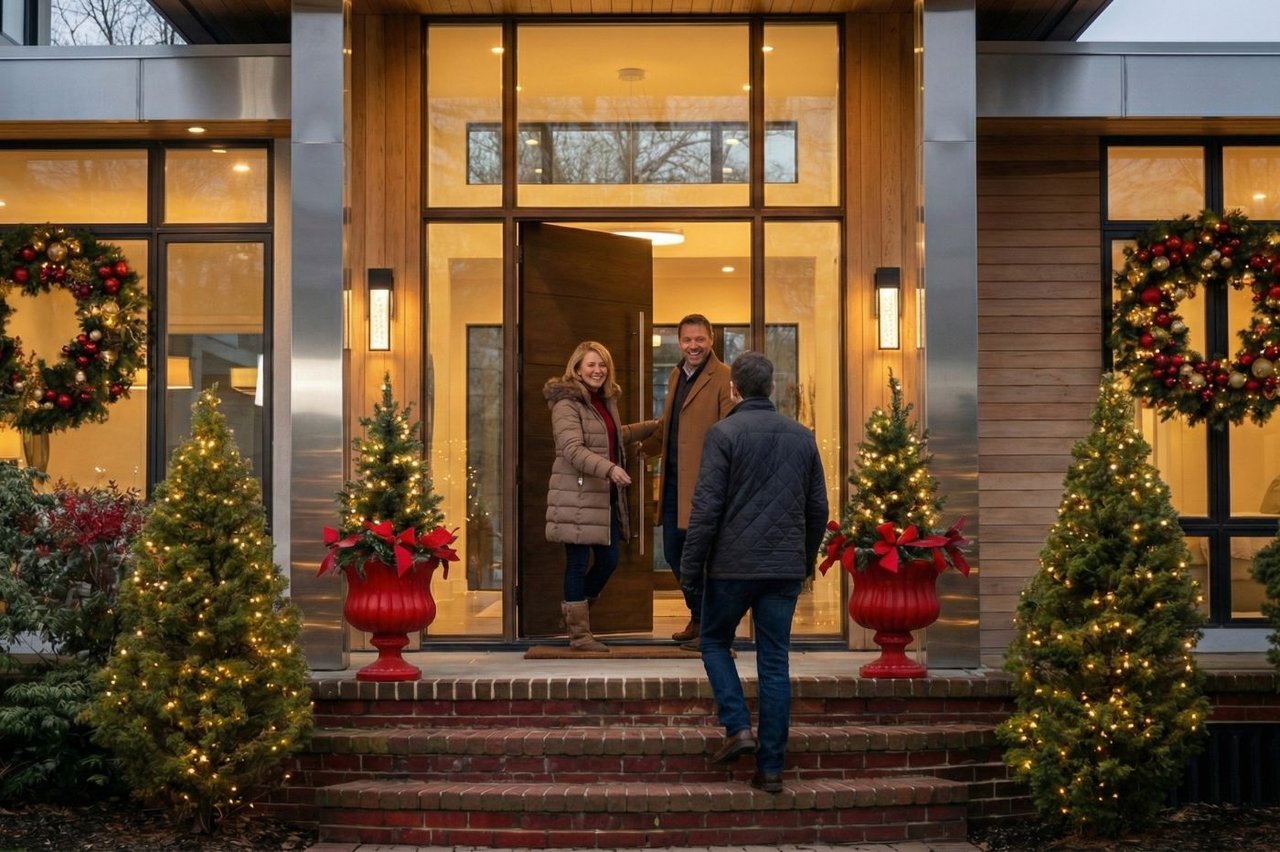Real estate development in Puerto Rico operates within a comprehensive regulatory framework that governs zoning laws, building codes, environmental policies, and economic incentives. These regulations play a crucial role in shaping construction projects while ensuring compliance with safety and sustainability standards. They also support the island’s long-term growth by promoting responsible development practices.
This article explores the various aspects of Puerto Rico’s construction regulations, their implications for developers, and how they contribute to a resilient and environmentally conscious real estate market.
Key Takeaways
- Puerto Rico’s zoning laws regulate land use to ensure sustainable development, balancing residential, commercial, industrial, and tourism growth while promoting mixed-use and high-density planning.
- Building codes mandate hurricane-resistant construction, OSHA compliance, and environmental sustainability measures to enhance safety and resilience in real estate development.
- Developers benefit from government incentives for eco-friendly construction, including tax breaks for energy-efficient materials and renewable energy integration.
- A streamlined permitting process, including zoning approvals and environmental assessments, ensures compliance with regulatory frameworks while facilitating responsible real estate development.
Zoning Laws: Planning for Sustainable Development
Zoning laws in Puerto Rico dictate land use, ensuring efficient and innovative development. These regulations guide the construction industry to develop projects that are both sustainable and compliant with building codes.
Land Use and Development Regulations
Puerto Rico’s zoning laws are designed to ensure responsible development by defining permissible land uses for different areas. Developers must adhere to zoning classifications, which include:
- Residential Zones (R-Zone): Areas designated for single-family homes, multi-family housing, and planned communities.
- Commercial Zones (C-Zone): Locations where retail businesses, offices, and mixed-use developments are permitted.
- Industrial Zones (I-Zone): Areas reserved for factories, warehouses, and large-scale manufacturing.
- Tourism Zones (T-Zone): Regions specifically designated for hotels, resorts, and entertainment facilities.
Additionally, zoning regulations may restrict building heights, density levels, and lot sizes, ensuring that development aligns with Puerto Rico’s urban expansion plans.
High-Density and Mixed-Use Planning
As Puerto Rico’s cities grow, zoning laws increasingly encourage high-density and mixed-use developments to maximize land efficiency and promote walkability. Key features of this approach include:
- Multi-Story Residential and Commercial Buildings: Allows for more housing and businesses within the same district.
- Transit-Oriented Development (TOD): Encourages developments near public transportation hubs to reduce traffic congestion.
- Flexible Zoning for Live-Work Spaces: Facilitates multi-functional buildings where residents can live and work in the same location.
These regulations contribute to smart urban growth, reducing urban sprawl and supporting local economies.
Environmental Sustainability in Construction
Puerto Rico’s zoning laws emphasize sustainability by integrating environmental considerations into the planning process. Developers must:
- Comply with environmental impact assessments (EIA) for large-scale projects.
- Follow guidelines for green space allocation within urban areas.
- Adhere to coastal protection regulations to prevent damage to Puerto Rico’s fragile marine ecosystems.
In addition, OSHA regulations play a crucial role in ensuring that construction projects meet environmental safety standards, particularly in managing hazardous materials, erosion control, and air quality protection.
Building Codes: Strengthening Resilience
Puerto Rico's building codes ensure that structures can withstand natural disasters while promoting safety and sustainability. These codes align with OSHA standards for workplace safety.
Hurricane-Resistant Construction Standards
- Implements structural reinforcements to withstand extreme weather events.
- Requires impact-resistant materials in high-risk zones.
Renewable Energy and Water Management
- Mandates solar and wind energy integration into new buildings.
- Introduces advanced water management systems to reduce flood risks.
Construction Safety and OSHA Compliance
- Enforces OSHA regulations to prevent workplace hazards.
- Requires protective measures on construction sites to ensure worker safety.
Structural Requirements Based on Seismic and Wind Load Zones
Due to Puerto Rico’s exposure to hurricanes, earthquakes, and coastal flooding, the Puerto Rico building code requires developers to follow strict structural design standards to ensure property safety and longevity.
Key Structural Requirements:
-
ASCE 7-16 Wind Load Provisions: Structures must withstand wind speeds of up to 185 mph in certain coastal regions, depending on location and exposure.
-
Seismic Design Parameters: Puerto Rico is located in a high seismic zone, requiring earthquake-resistant design strategies, such as reinforced structural systems and flexible foundations.
-
FEMA Flood-Resistant Construction Guidelines: For properties in flood zones or coastal areas, the Puerto Rico building code mandates elevated structures, flood vents, and impact-resistant materials.
Structural Design Requirements Matrix
| Requirement | Governing Standard | Applies To |
|---|---|---|
| Wind Load Resistance | ASCE 7-16 | All buildings, especially coastal |
| Earthquake Resistance | Puerto Rico Seismic Design Standards | All new and renovated structures |
| Flood Resistance | FEMA Flood Guidelines | Flood-prone & coastal properties |
These regulations within the Puerto Rico building code ensure that real estate developments on the island can endure natural hazards, protecting both residents and investments.
Incentives for Eco-Friendly Practices
The Puerto Rican government encourages green building initiatives by offering financial incentives for sustainable construction projects.
Tax Breaks and Grants for Green Building
- Developers using energy-efficient materials receive financial support.
- Renewable energy integration qualifies projects for additional incentives.
Adoption of Global Green Standards
- Green certification programs ensure compliance with international sustainability benchmarks.
- Construction sites implementing OSHA standards promote safer workplaces.
Environmental Regulations: Preserving Puerto Rico’s Natural Beauty
Environmental laws protect Puerto Rico’s ecosystems while regulating construction activities to minimize their impact.
Conservation Policies for Protected Areas
- Limits development in ecologically sensitive regions like beaches, forests, and wetlands.
- The project requires environmental impact assessments before project approvals.
Waste Management on Construction Sites
- Implements strict disposal methods to prevent pollution from building materials.
- OSHA standards regulate the handling of hazardous substances in the construction industry.
Air and Water Quality Compliance
- Enforces monitoring and reduction of emissions from construction activities.
- Requires water filtration systems to prevent contamination during building processes.
Permitting Process: Streamlining Development Approval
Image Source: blog.lekslawyer.com
The permitting system in Puerto Rico consolidates multiple approval steps to facilitate construction projects while ensuring regulatory compliance.
Development and Land-Use Permits
- Developers must secure zoning and land-use permits before starting construction.
- Compliance with building codes is mandatory for permit issuance.
Environmental Impact Assessments
- Large-scale projects require evaluations to determine their effect on the environment.
- Construction industry leaders must submit reports demonstrating adherence to regulations
Safety Compliance Before Construction Begins
- OSHA regulations require pre-construction safety assessments.
- Permitting authorities may halt projects that fail to meet safety or environmental standards.
Historical Preservation: Protecting Puerto Rico’s Heritage
Image Source: travelwandergrow.com
Strict laws safeguard Puerto Rico’s historic buildings, ensuring that development does not compromise the island’s cultural heritage.
Architectural Integrity of Historic Districts
- Protects buildings in Old San Juan and other designated heritage zones.
- Enforces aesthetic and structural preservation guidelines.
Renovation and Restoration Standards
- Requires specialized permits for modifications to historic properties.
- Building code adherence ensures renovations maintain historical authenticity.
OSHA Standards for Historic Restoration
- Regulates construction site safety when working on aging structures.
- Implements strict protocols to protect workers from potential hazards like unstable foundations and asbestos exposure.
OSHA Standards for Construction Safety
The Occupational Safety and Health Administration (OSHA) sets critical regulations to protect workers on construction sites and ensure safety in real estate development projects. Compliance with these standards helps prevent workplace injuries, reduces developers' liability, and enhances project efficiency. Below are key OSHA requirements that every real estate developer and construction professional should follow.
|
OSHA Requirement |
Description |
|
Fall Protection |
Employers must provide guardrails, safety nets, or personal fall arrest systems for work at heights above six feet. |
|
Hazard Communication |
All hazardous chemicals must be properly labeled, and workers must receive training on safe handling and exposure risks. |
|
Personal Protective Equipment (PPE) |
Employers are required to supply and enforce the use of hard hats, gloves, respirators, and protective clothing. |
|
Excavation and Trenching Safety |
Protective systems like trench boxes, shoring, and daily inspections are mandatory to prevent cave-ins. |
|
Electrical Safety |
Requires proper grounding, lockout/tagout procedures, and maintaining safe distances from power lines. |
|
Scaffolding and Ladder Safety |
OSHA mandates proper installation, regular inspections, and weight capacity compliance for ladders and scaffolding. |
|
Machine Guarding |
Moving machine parts must have safety guards to prevent worker injuries. |
|
Fire Protection |
Worksites must have fire extinguishers, emergency exit plans, and flammable material storage protocols. |
|
Recordkeeping and Reporting |
Employers must log workplace injuries and report serious incidents to OSHA within the required time frame. |
|
Confined Space Entry |
Special safety procedures, including ventilation and emergency rescue plans, are required for working in confined spaces. |
The Importance of OSHA Compliance in Real Estate Development
Following OSHA standards not only protects workers but also minimizes project delays, reduces legal risks, and enhances overall efficiency in real estate development. Developers who prioritize safety foster a more productive work environment while maintaining compliance with federal regulations.
Luxury Properties and Houses for Sale in Puerto Rico
Puerto Rico's luxury real estate market offers a harmonious blend of exclusivity and regulatory compliance, ensuring high-end properties meet both aesthetic and safety standards. With zoning laws guiding prime residential developments and OSHA regulations maintaining construction quality, every luxury house for sale under Christie's International Real Estate Puerto Rico reflects durability, elegance, and environmental sustainability. From beachfront estates to historic colonial homes, our portfolio features properties built to withstand the island’s unique climate while offering unparalleled comfort and investment potential.
The Icon
The Icon offers elegantly designed homes with refined interiors, gourmet kitchens, and five-star amenities—including a rooftop pool, fitness center, business lounge, and children’s playroom—set just a block from Condado Beach with sweeping ocean and city views.
CW Tower
CW Tower presents a sophisticated high-rise living experience in San Juan, featuring modern residences with panoramic city and ocean views, premium amenities, and a prime location near Puerto Rico’s vibrant cultural and business districts.
The Landmark
The Landmark offers an upscale living experience in Guaynabo, featuring elegantly designed residences, state-of-the-art amenities, and a prime location that blends modern luxury with convenience.
Conclusion
Puerto Rico’s construction regulations shape a real estate market built on sustainability, resilience, and long-term growth. Zoning laws promote smart urban planning, while building codes ensure hurricane-resistant structures and workplace safety. Understanding these regulations is key to creating a secure, environmentally responsible, and economically thriving real estate sector.
At Christie’s International Real Estate Puerto Rico, we specialize in luxury properties that meet the island’s highest standards for design, sustainability, and structural integrity. Our team is dedicated to helping clients buy, sell, or rent exclusive homes with a seamless and personalized approach. Reach out today to explore premium listings and secure your place in Puerto Rico’s finest real estate market.
Related Articles:
FAQs
How do federal laws impact real estate construction regulations in Puerto Rico?
Federal law influences Puerto Rico’s construction industry through agencies like OSHA, which enforces workplace safety standards, and the EPA, which regulates environmental compliance. Additionally, HUD oversees housing and urban development policies that affect zoning laws and infrastructure projects.
What laws and regulations govern zoning and land use for real estate development in Puerto Rico?
Zoning laws in Puerto Rico, pursuant to local and federal regulations, classify land into residential, commercial, industrial, and tourism zones. Developers must comply with these classifications to ensure sustainable growth and environmental protection while adhering to local and federal construction guidelines.
What role do utility regulations play in real estate development projects?
Utility regulations in Puerto Rico dictate how developers integrate essential services like electricity, water, and sewage into their projects. Compliance with these laws ensures that new developments have sustainable infrastructure, access to renewable energy sources, and efficient waste management systems.
How do local and federal safety regulations impact construction projects?
Construction projects in Puerto Rico must adhere to OSHA standards, which regulate workplace safety, hazard communication, and personal protective equipment requirements. Pursuant to these federal regulations, developers must ensure safe working conditions, proper training, and compliance with emergency response protocols.
What permits are required to start a construction project in Puerto Rico?
Developers must obtain various permits, including land-use approval, environmental impact assessments, and construction licenses. These permits are issued pursuant to zoning laws, federal environmental policies, and local building codes to ensure projects meet all legal and safety requirements.
